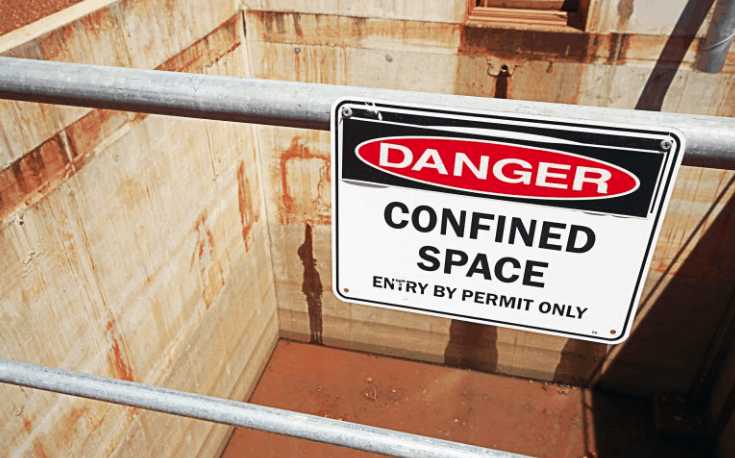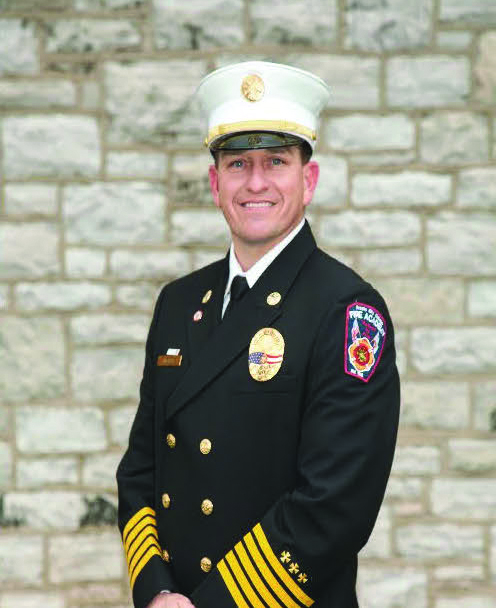
Confined Space Basics: Ventilation
Whether you work in general industry, construction, or the fire and emergency service profession confined pace entry rescues are high risk, low-frequency events that can catch even the most experienced
rescuer off-guard. Due to the complexity of confined space operations and the minimal frequency in which these events occur, rescuers can find themselves unprepared for the hidden hazards they may face for numerous reasons. One of our most primal needs for survival and a basic priority during confined space
response is the atmospheric conditions of the area and the space. Statistics show that up to 65% of confined space fatalities are from hazardous atmospheres. In general, depending on the specifics of the incident, firefighters should always assume that there may be harmful particulates or gasses in the air.
Generally, to protect the rescuer and the patient there are three primary hazard controls in a known entry rescue:
- Shut off the source contaminating the air.
- Use of respiratory protection.
- Ventilation of the space.
The ventilation methods will be based on the size and number of openings, equipment availability, and gases to be exhausted. And, it is established to achieve 6 general objectives:
- Replace contaminated air.
- Decrease the potential of a flammable atmosphere or explosion.
- Eliminate a toxic atmosphere.
- Increase the survival profile of the patient.
- Reduce the temperature and stale air inside of the space.
- Increase rescuer comfort level.
Ventilation performed as a pre-entry operation can be implemented using three tactical considerations:
- Positive pressure ventilation.
- Negative pressure.
- Or, a combination of both.
Efforts should be continuously monitored by atmospheric monitoring equipment to evaluate current ventilation operations. The benchmark for effective continuous ventilation should be determined by the size of the space, CFM rating of blower and, the number of air changes per minute.
Positive pressure uses pressurized air that is forced into the space at one location, typically with a fan and tube exhausted at another. The goal is to introduce clean air and push the bad air outside of the space. Here, ensure there are no operations downwind of the ventilation exit, the fan is intrinsically safe, calculate the appropriate force needed for the size of the space, and ensure that the tube is a minimum of two feet off the ground for correct air movement.
Negative pressure ventilation involves the use of a fan system to suck the contaminated air out of the space and may be necessary if only one opening is available. Exhausted gases may present a flammable atmosphere, so ensure rescuers direct exhausted air in a safe direction.
Combination ventilation involves the coordinated use of positive pressure on one side and negative pressure on the other. Regardless if ventilation is needed, it can be a huge help to the patient and the rescuer while they are working. While there are many other tactical options and considerations when ventilating confined spaces this article is intended to refresh the basics and remind us to slow down and think during these low frequency, high-risk rescues.
By Chief Jacob McAfee

Jacob is a former DoD Fire Chief with 18 years of fire service experience, serving in every major division including Chief of Department. Chief McAfee is a credentialed CFO/CTO with the Center for Public Safety Excellence and serves the Institute of Fire Engineers, Member grade. He holds Masters Degrees in Occupational Safety and Health and Emergency Management and is currently pursuing his Ph.D. in Emergency Management with Capella University.

